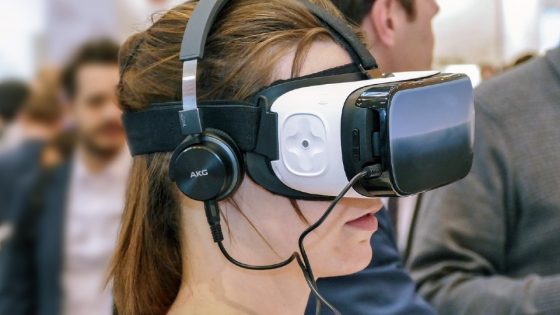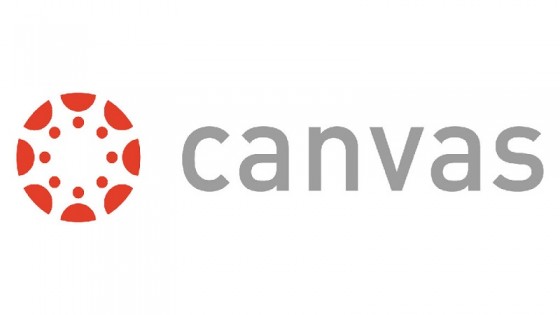By Luke Ritchie – Head of Interactive Arts, Nexus Studios
Imagine being able to place students in a totally different world or transporting them back to any historical event with nothing more than a Virtual Reality (VR) headset. Inside that space, students could walk around or be teleported to different planets or significant events from the past. They could attend Martin Luther King’s ‘I have a dream’ speech, witness the Storming of the Bastille or even stand by the side of Napoleon as he commands his troops. The possibilities are endless.
But how is this form of learning different and how can it enhance people’s learning experience? Total immersion or even the augmentation of your reality offers an interesting opportunity for learning that we’ve never had before. In no more than 5-10 years we could see a world where secondary and even adult education are attended from home via a VR headset. Primary and Secondary schools will be using augmented reality (AR) technology where students will just need to point their mobile phones at any object, a piece of text, picture or video to launch a limitless journey of learning potential.
Using VR and AR makes the learning experience a rabbit-hole. If you’re listening to President Kennedy’s 1963 ‘Ich bin ein Berliner’ speech, at any moment you could pause the experience, select him, open up a new window (next to him) that essentially is his Wikipedia page, to learn more about him. Then, while reading you come across the Bay of Pigs invasion. Now you’re in Cuba standing next to Fidel Castro, cigar in mouth, as the failed invasion plays out. The interlinking narratives of history begin to unravel and all from a first-hand experience.
It’s easy to feel like a dystopian future when talking about technology and education, so its important we remind readers that platforms like Virtual Reality in the near future will be social platforms foremost. These emerging technologies are interactive, which in turn means they’re real-time. Essentially what real-time means is that the graphics are rendered every frame or every millisecond, which means we can change them live and have them adapt to human inputs. Any computer game you play is like this. So in a traditional classroom setting, the pace is set by the teacher based on a class average, but as we know, we all learn differently.
Taking the lead from the success of online courses and setting your own pace is incredibly important. The ability to interact and navigate using these emerging technologies means we have the potential to design learning experiences which can be very focused narratives, where pace and depth are decided by the student. Yet these aren’t websites or interactive whiteboards, these are immersive and augmented realities.
This immersive form of learning is completely different to sitting and watching a film. The student is truly involved in the narrative, they can visually experience it first hand and explore any subject that interests them, unpacking facts, information and experiences.
As a species we learn better visually, and this type of learning is a whole new frontier for which will be driven by our own curiosity. If we know that with a few clicks we can be transported to any destination on the internet, imagine the possibilities when we can travel to different times, worlds and even stories. It creates an array of multi-threaded opportunities for learning in new ways.





Leave a Reply